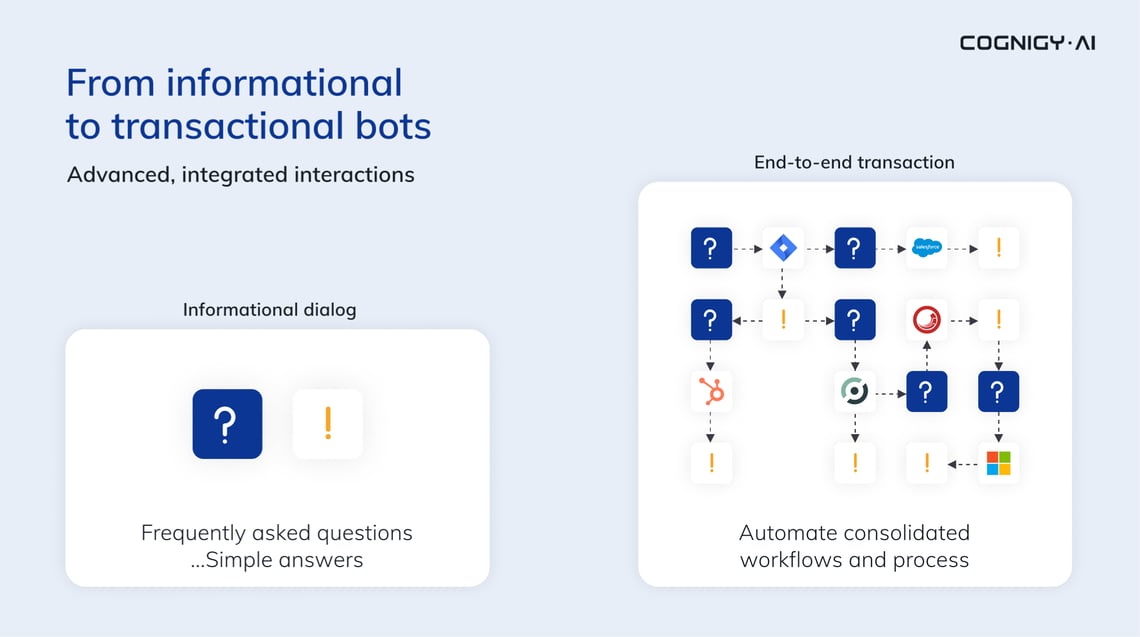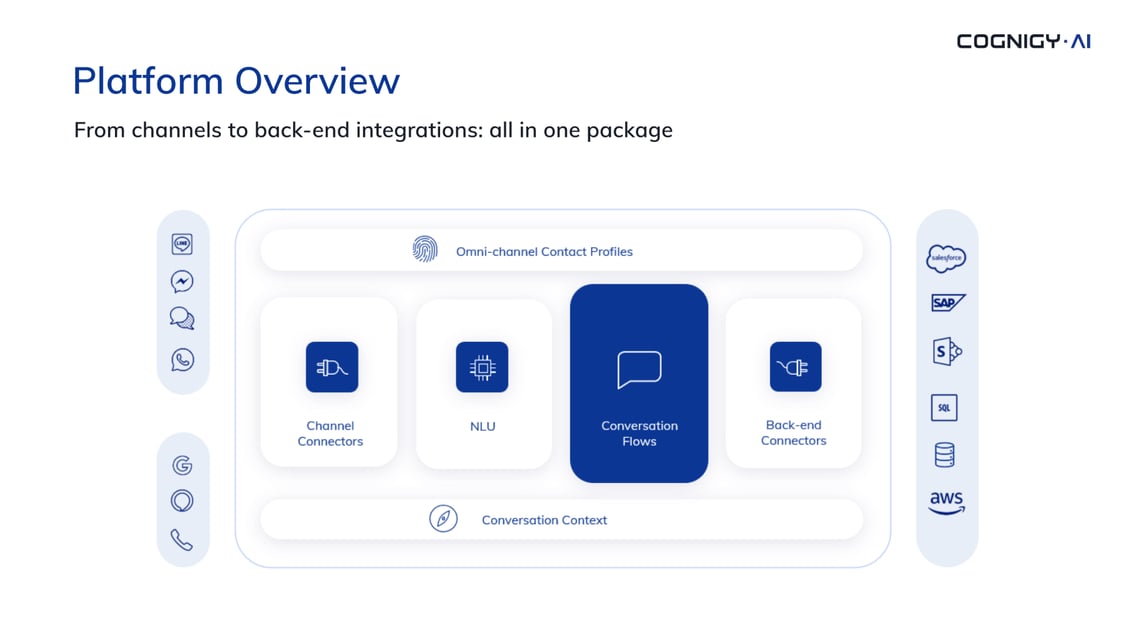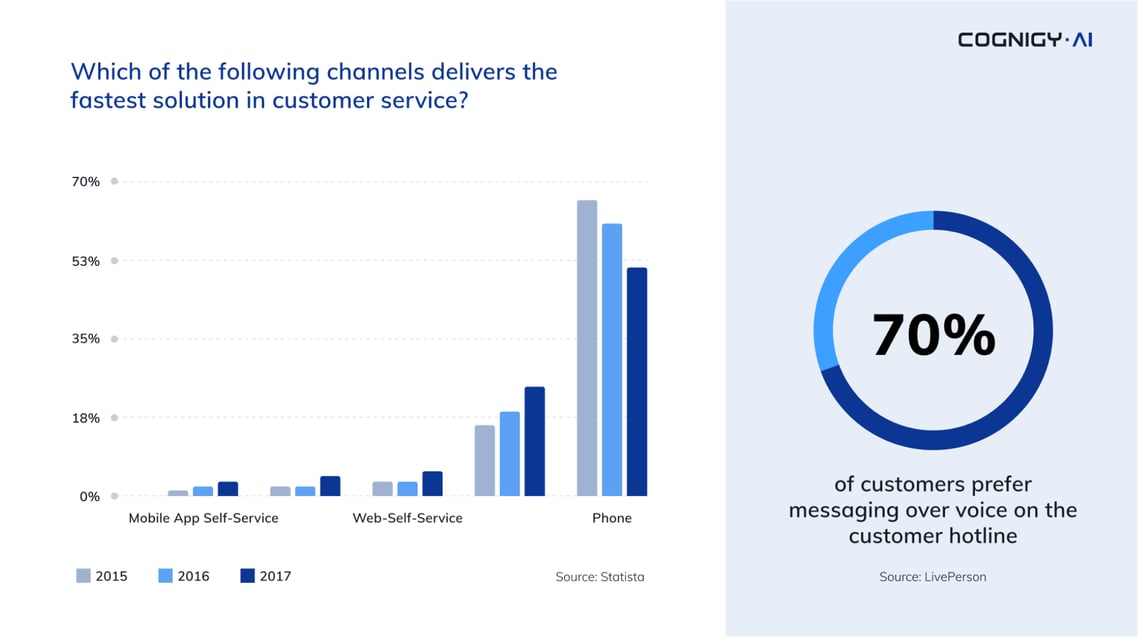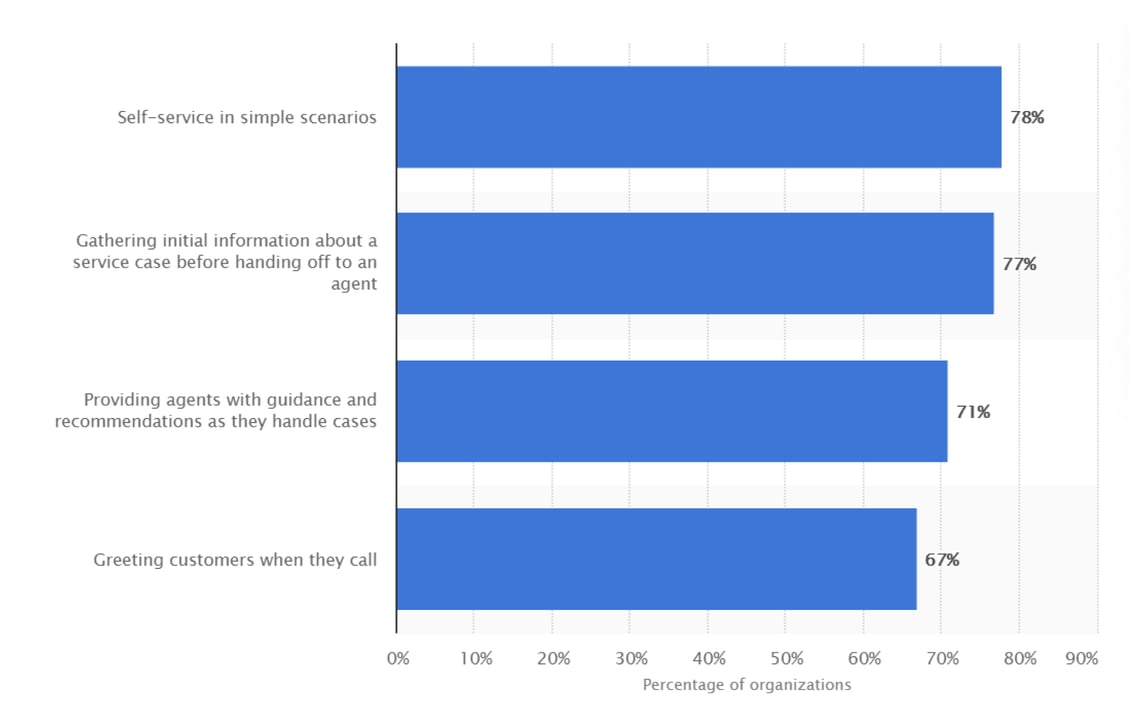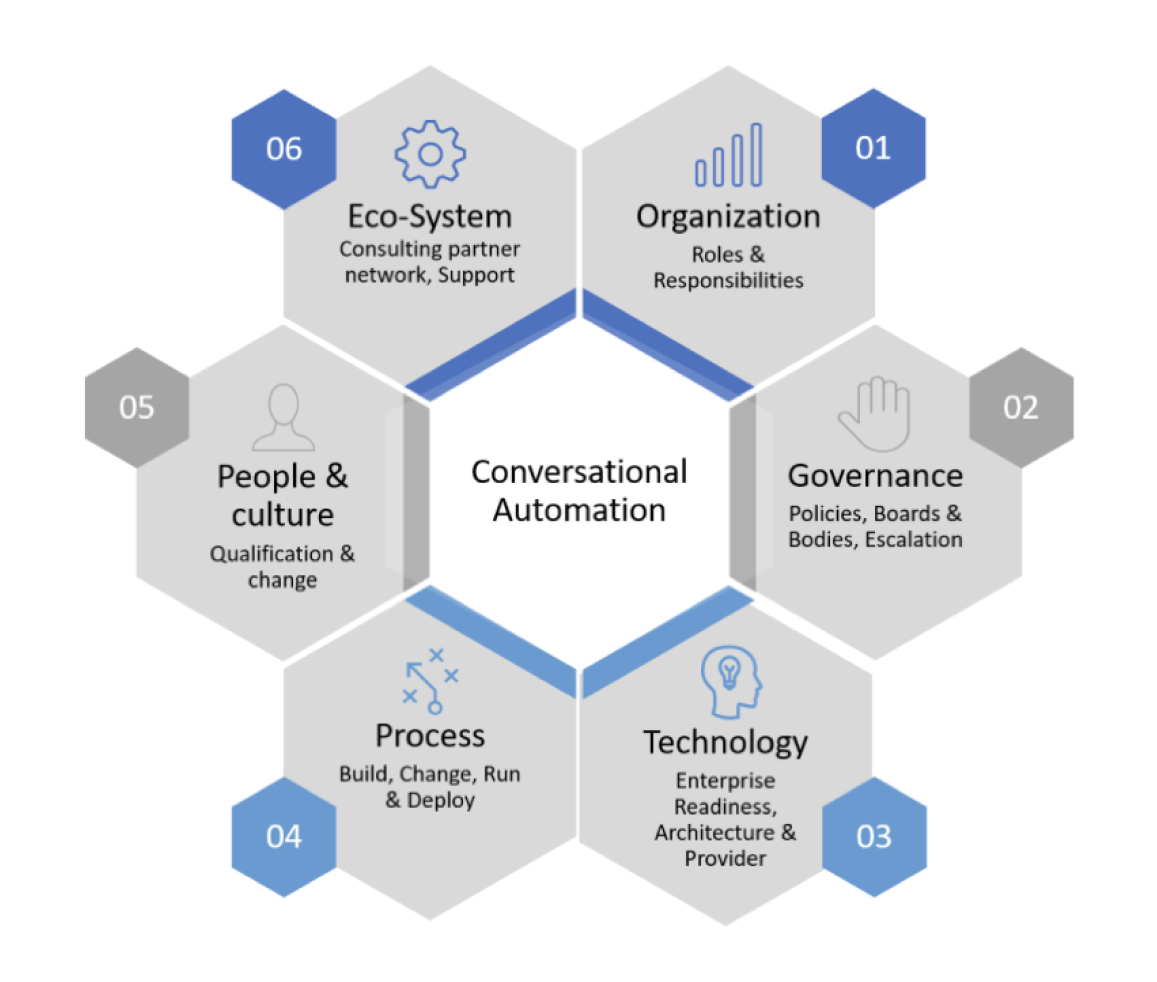-
Solutions
Back
-
Platform
BackOverviewPlatform Capabilities
-
AI & LLMs
-
Agentic AI
-
Knowledge AI
-
NLU
-
Generative AI
-
Experience Orchestration
-
AI Agent Studio
-
Multimodal CX
-
Voice Connectivity
-
Insights & Analytics
-
Agent Augmentation
-
Live Chat
-
Agent Copilot
Quick Links -
- Industries
-
References
Back
-
Resources
BackSucceed
-
Company
BackWho We AreGet the latest
EN
Back
Back
Overview
Platform Capabilities
-
AI & LLMs
-
Agentic AI
-
Knowledge AI
-
NLU
-
Generative AI
-
Experience Orchestration
-
AI Agent Studio
-
Multimodal CX
-
Voice Connectivity
-
Insights & Analytics
-
.png?width=60&height=60&name=AI%20Copilot%20logo%20(mega%20menu).png)
Agent Augmentation
-
Live Chat
-
Agent Copilot
Quick Links
Back
Analyst Recognition & Awards
Customer Success Stories
Back
Back




